Since the official inception of the Zionist Movement in 1897 and until the establishment of the state of Israel, most Zionists viewed themselves as General Zionists. In 1922, in a response to the formation of religious factions in the World Zionist Congress, the General Zionists incorporated their own World Union. General Zionists became identified with European conservative and middle-class beliefs regarding private property and capitalism. They were centrists who sought to unify all Zionists without regard to socialism, revisionism, or religious doctrine, stressing industrial development and private enterprise.
The movement was led by the likes of Herzl, Chaim Weizmann, Nordau, Usishkin, and several other Zionist heroes and heroines. The General Zionists promoted a pragmatic, centrist approach to Zionism, which focused solely on the establishment of the Jewish state, with no economical or religious affiliation.


It was only after the establishment of the state in 1948 that the different actors within the movement in Israel began drifting apart along economic and religious disparities. Following the first elections to the Israeli parliament, the representatives of General Zionism in the World Zionist Congress split into 3 different parties: Mapai (socialist, left-leaning), the General Zionists (a centrist party), and Herut (capitalist, right-leaning). The General Zionist party didn’t last and within a few years morphed into the Liberalim, then to Gahal (a joint party together with Herut), and finally to the modern-day Likud.
Meanwhile, in the diaspora, the main flagbearer of General Zionism was the late Kalman Sultanik, who initially served as the representative of the survivors of concentration camps in the Zionist Congress. In 1958, Sultanik founded the World Confederation of United Zionists (CUZ), and the new slate became the representative of General Zionism in the World Zionist Congress. Over the next few decades, the slate continued to expand and grew to have representatives in 12 countries worldwide: Russia, Ukraine, Sweden, Denmark, Germany, the United Kingdom, the United States, Argentina, Brazil, Venezuela, Chile, and Mexico.
At the same time, Hanoar Hatzioni, which has been an active and flourishing General Zionist youth and settlement movement in Israel and the diaspora for several decades, continued to operate while advocating the values of General Zionism.
For several decades, Hanoar and CUZ operated within the World Zionist Congress under the CUZ banner as a single slate (Brit) and cooperated politically at different levels and constellations. In the late 1990s, Hanoar decided to register itself in the World Zionist Congress as a separate slate – Tnuat Hamerkaz Haliberalit Hanoar Hatzioni (TH4).
In 2014, following the passing of Kalman Sultanik, his grandson, Jesse, became CUZ’s chairman. Leading up to the 2020 38th Zionist Congress, the Confederation expanded to New Zealand and established a presence in Uganda. It also joined forces with Dorshei Torah V’tzion and Bnai Zion slates in the American Zionist Movement under the flag of Kol Yisrael and won 15 mandates.

The separation between CUZ and TH4 continued until the elections to the 38th Zionist Congress. After the elections, the two slates decided to return to operate as a joint political entity, under a faction called the Confederation of General Zionists. The representatives of the two slates cooperated closely in the National Institutions and together led the WZO Department for Pioneering Youth and Future Generations. In late 2021, following the naming of David Yaari and Chairman of the Board of CUZ, the slates decided to resume discussions to further strengthen their relationship. In February 2022 these discussions came to fruition when the two slates signed an MoU officially forming the reunified General Zionist faction – Kol Israel.


The Religious Zionists “Mizrachi” and the socialists “Poaleh Zion” were incorporated as ‘political parties’ within the Zionist Movement.
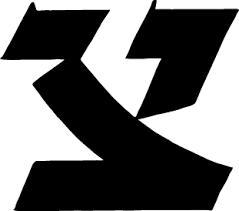
As a result of the promotion of sectorial interests in the Zionist Movement, in 1922 the General Zionists incorporated its own World Union. General Zionists became identified with European conservative and middle-class beliefs regarding private property and capitalism. They were centrists who sought to unify all Zionists without regard to socialism, revisionism, or religious doctrine, stressing industrial development and private enterprise.

On this month, Hanoar Hatzioni was founded in modern-day Belarus as a General Zionist youth and settlement movement.


In 1946, Kalman Sultanik z"l first took part in the World Zionist Congress as the representative of the Jews in the DP camps.

Following the establishment of the state, the General Zionists create a party under the same name in the Israeli parliament.

The movement established Havat Hanoar Hatzioni, a youth village for young Olim in Jerusalem. The village is named after Israel Goldstein, a prominent General Zionist leader.
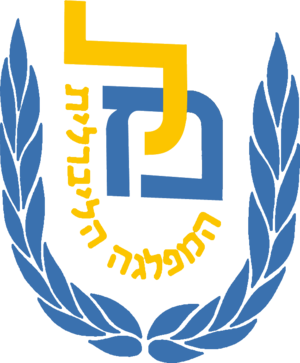
Following the first Knesset, the General Zionist party split into 2 parties - the Liberalim and the progressives.

Kalman Sultanik z"l establishes the World Confederation of United Zionists (CUZ) in partnership with Hadassah to maintain the representation of diaspora General Zionists in the Zionist Movement.
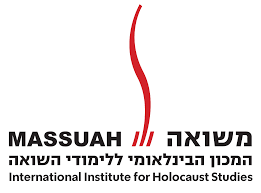
After several years of fundraising and construction, members of Kibbutz Tel Yitzhak open Masua, one of Israel's prominent Holocaust museums. Unlike Yad Vashem, Masua focuses on Holocaust education and not remembrance and offers programs for youth and students from around the world.

During the 1980s and 1990s, CUZ represented Hanoar Hatzioni in the World Zionist Congress.

Hanoar Hatzioni decided to separate itself from CUZ in its representation in the Zionist Movement and create Tnuat Hamerkaz Haliberalit Hanoar Hatzioni

In 2014, following the passing of Kalman Sultanik, his grandson, Jesse, became CUZ's chairman.

Leading up to the 2020 Zionist Congress, CUZ expanded to New Zealand and established a presence in Uganda. It also established the Kol Yisrael slate in the AZM and together with Dorshei Torah V’Tzion won 15 mandates.


As part of the coalition agreement following the 2020 Zionist Congress, the General Zionist faction forms a new department in the WZO – the Department for Pioneering Youth and Future Generations. Sergio Edelstein is formally appointed as the head of the department.

In 2021, David Yaari was named Chairman of the Board of CUZ.
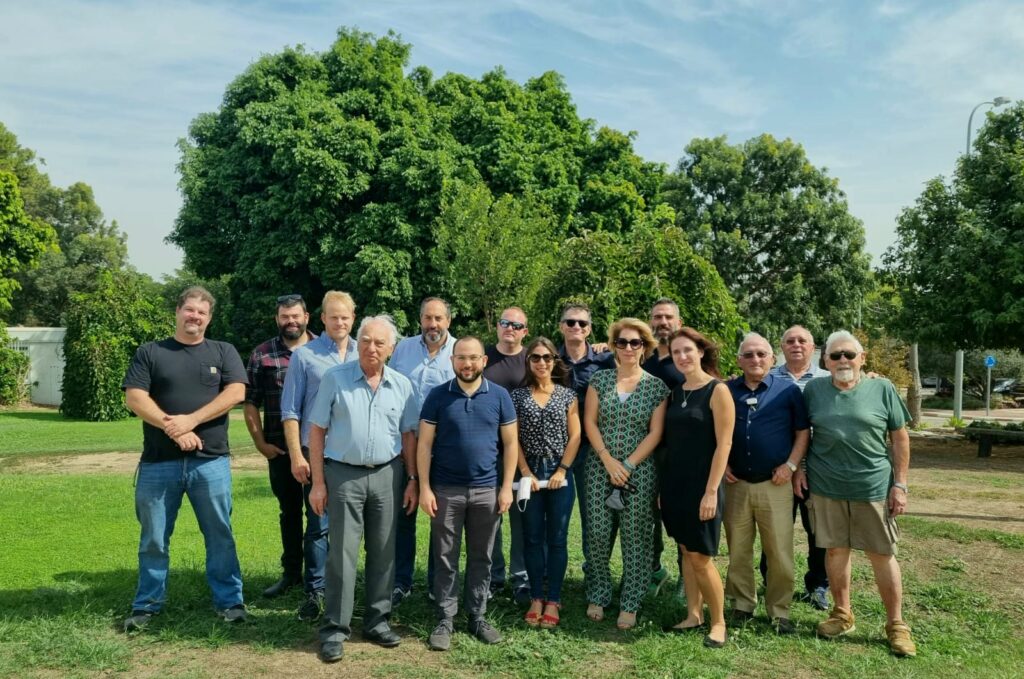
The leadership of CUZ and TH4 meets in Kibbutz Nitzanim to discuss the deepening of the cooperation between the parties under the joint faction.

Olga Israel Deutsch, vice president of NGO Monitor and head of Kol Israel's European outreach, is nominated to the Extended Zionist Executive on behalf of CUZ.
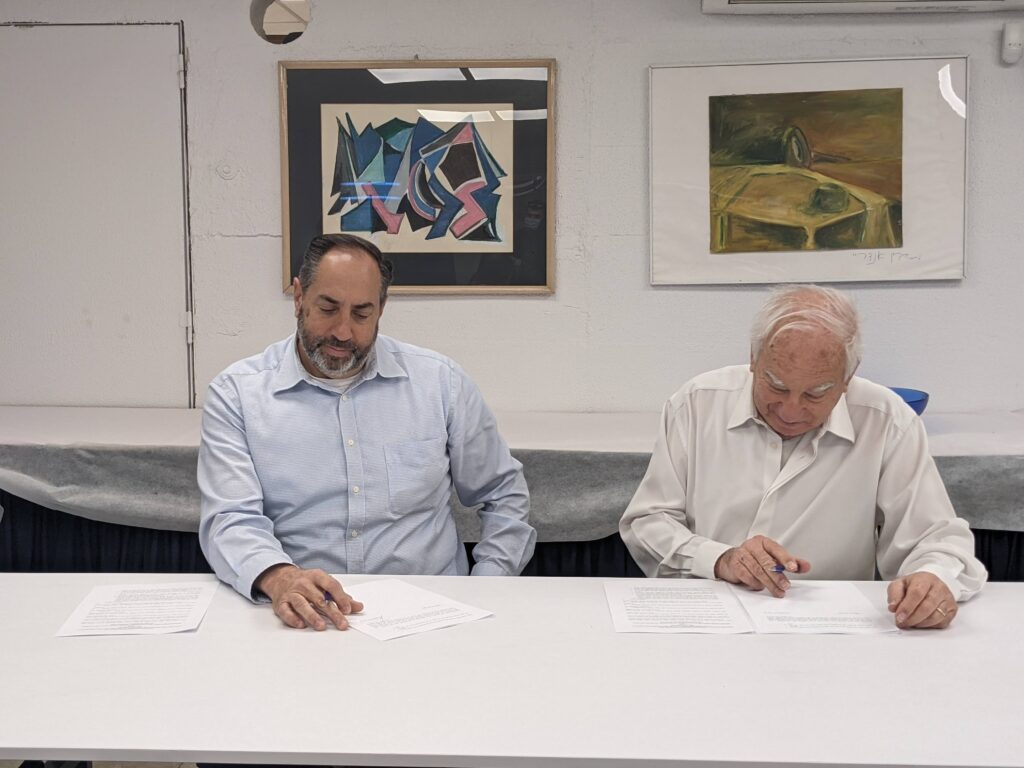
A historic convening at Havat Hanoar Hatzioni to formally launch Kol Israel – the General Zionist Party.

Rachel Singerman Gur, head of government relations for Lobby 99, is nominated to the Board of Governors of the Jewish Agency on behalf of CUZ.
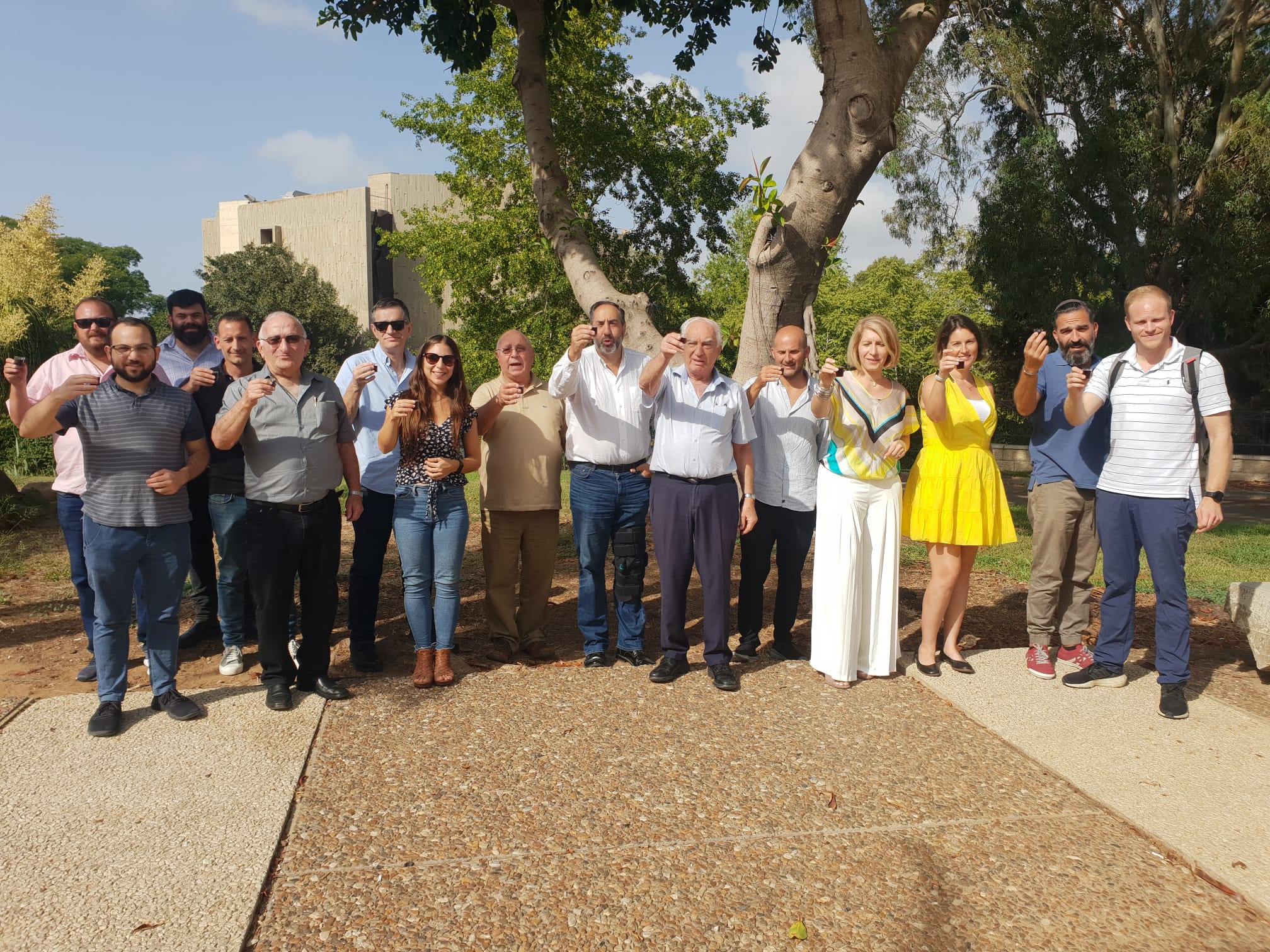
A 2nd leadership meeting of Kol Israel is held in Kibbutz Tel Yitzhak.